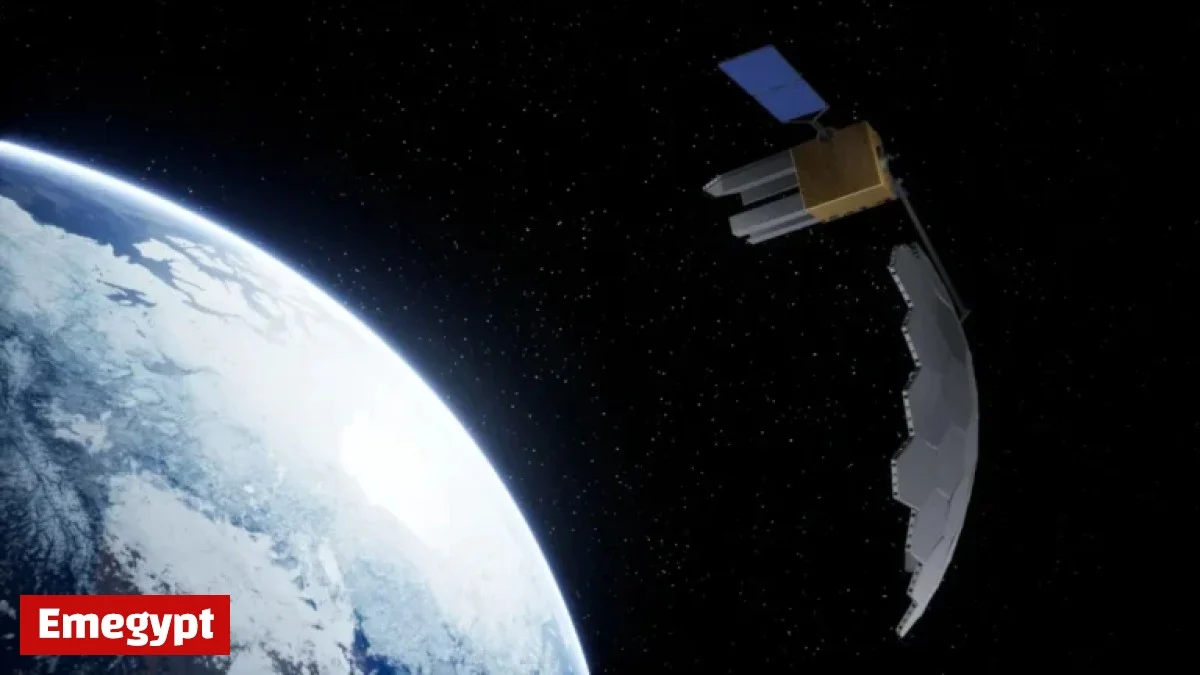
Rendezvous Robotics and Starcloud are set to revolutionize space data infrastructure. They aim to launch selfassembling space data centers, a significant leap forward in computing technology.
Innovative Partnership
Starcloud plans to launch an AIequipped satellite featuring Nvidia’s H100 GPU next month. This satellite is part of a broader initiative to develop a 5gigawatt data center in space. Rendezvous Robotics plays a crucial role in this ambitious project.
Mission and Vision
Phil Frank, cofounder of Rendezvous Robotics, emphasizes their goal: “Our mission is to build things that are going to be useful in space.” This perspective aligns with the growing demand for advanced data centers due to the AI boom, which necessitates capable computing facilities.
The Challenge of Space Construction
Building data centers in space presents unique challenges. Unlike satellites, conventional data centers lack mobility and require vast landbased construction. This limitation necessitates innovative solutions, which Rendezvous Robotics is poised to provide.
Autonomous Assembly Technology
- Rendezvous Robotics is developing a tilebased autonomous module system.
- This system allows tiles to deploy and selfassemble in space.
- Each tile incorporates components such as battery cells and processors.
This technology is rooted in MIT’s Project TESSERAE, which has been successfully tested by NASA. Ariel Ekblaw, one of the project’s architects, cofounded Rendezvous Robotics with the aim of commercializing this groundbreaking technology.
Scale and Efficiency
Joe Landon, cofounder of Rendezvous, highlighted the limitations of traditional construction methods in space. Solutions often involve sending astronauts or using robotic arms, which can be inefficient. The autonomous system designed by Rendezvous Robotics can replace these outdated techniques, enabling scalable solutions for largescale space data centers.
Project Specifications
As part of their collaboration, Starcloud and Rendezvous will customize the tiles for their upcoming data center. Starcloud plans to implement “superlarge solar and cooling panels,” with dimensions of approximately 4 kilometers on each side. This scale dwarfs the International Space Station’s solar arrays, which are only 0.005% the size of the proposed panels.
The Future of Space Data Centers
The selfassembling technology developed by Rendezvous Robotics is essential for the efficient construction of the envisioned data centers. As the partnership progresses, these innovations could redefine how data centers are built and operated in space.
In conclusion, the collaboration between Rendezvous Robotics and Starcloud exemplifies a forwardthinking approach to computing in the cosmos. As they pave the way for selfassembling space data centers, the future of space infrastructure looks promising.
